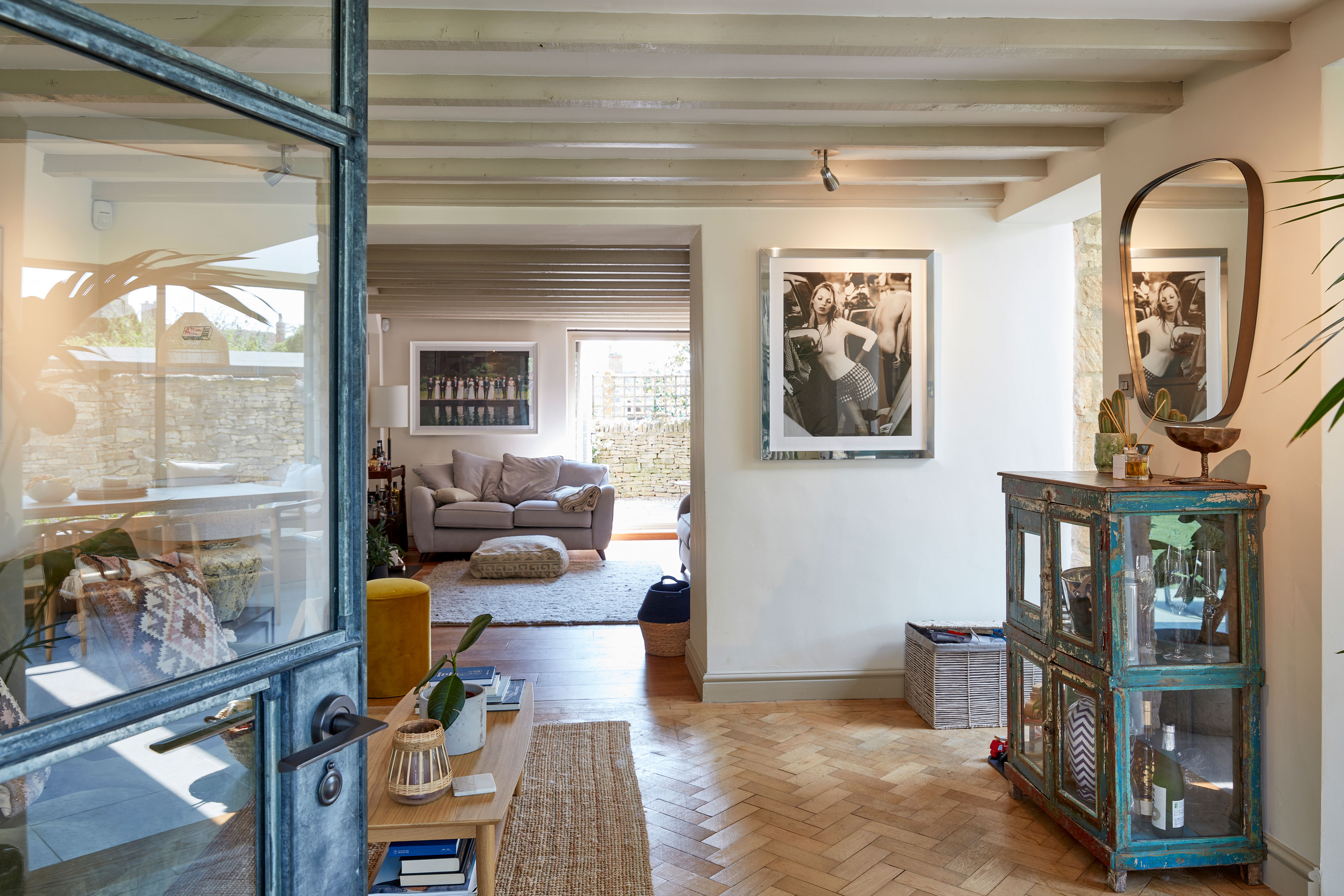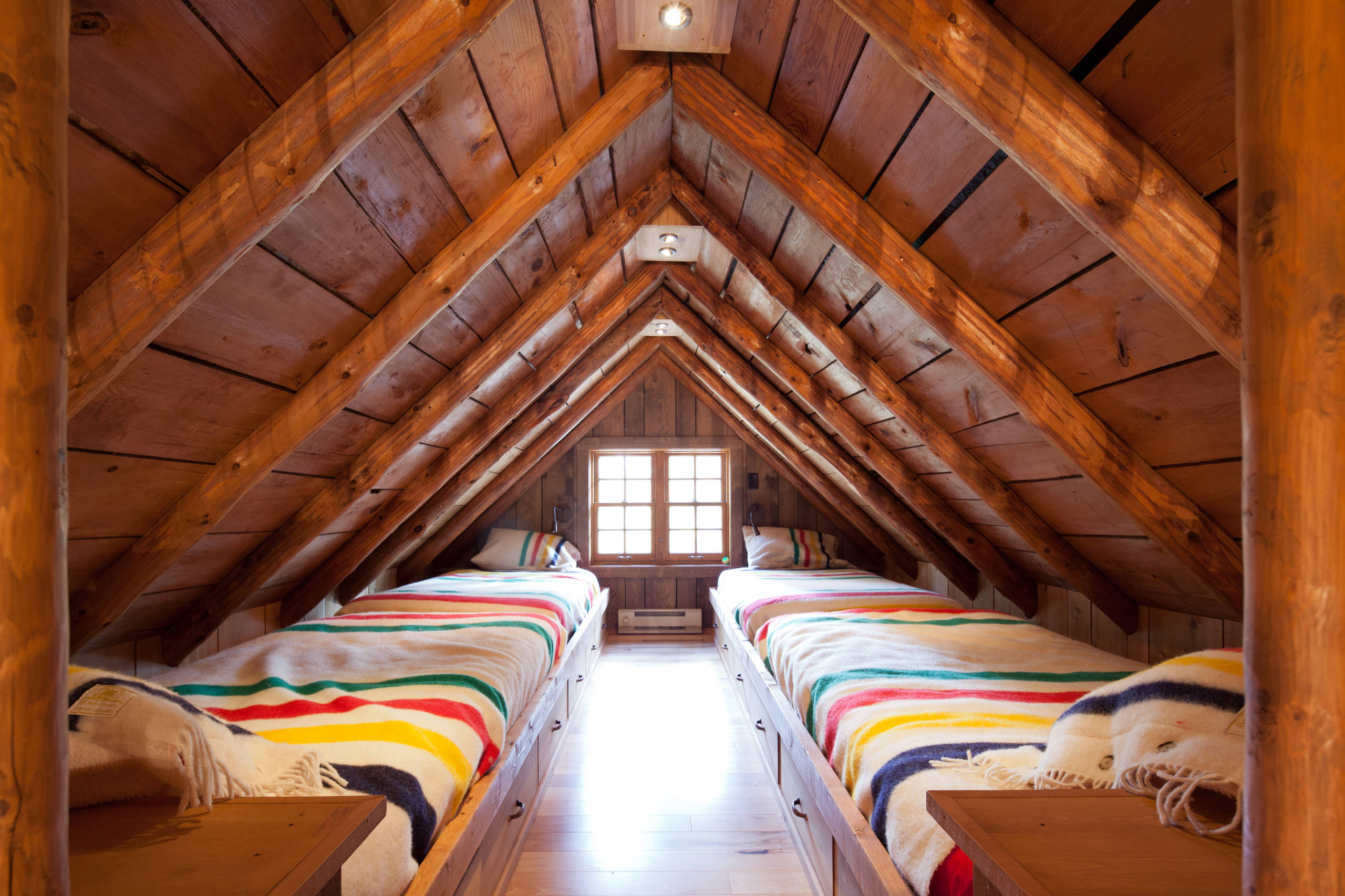Maximizing Vertical Space

A low ceiling can make a room feel cramped and claustrophobic. However, with some clever design strategies, you can create the illusion of a higher ceiling and maximize vertical space in your bedroom. By drawing the eye upward and utilizing vertical storage solutions, you can transform your low-ceilinged bedroom into a comfortable and functional space.
Creating a Visual Focal Point
Drawing the eye upward is crucial for minimizing the perceived low ceiling effect. A well-placed focal point can effectively shift attention away from the ceiling height and create a sense of spaciousness.
- A bold headboard can act as a visual anchor, drawing the eye upward and adding a sense of grandeur to the space. A headboard with a dramatic silhouette or a rich, textured fabric can create a focal point that instantly elevates the room.
- A statement chandelier, with its vertical lines and intricate details, can also create a focal point that draws the eye upward. Opt for a chandelier with a slim profile to avoid overwhelming the space, and consider a design that complements the overall style of the room.
- A gallery wall, strategically placed above the headboard or a seating area, can create a visually appealing focal point that draws the eye upward. Choose artwork with vertical lines or a mix of framed prints and artwork in varying sizes to add visual interest and height to the wall.
Light and Color Strategies

Light and color are powerful tools for visually expanding a small bedroom with a low ceiling. By strategically using light colors, incorporating strategic lighting techniques, and creating a sense of visual flow, you can make the space feel larger and more inviting.
Embrace Light Colors
Light colors reflect more light, making a space feel brighter and more expansive. In a low-ceilinged bedroom, this effect can be particularly beneficial, as it helps to visually raise the ceiling and create a sense of openness.
- Walls: Opt for light, neutral colors like white, cream, pale gray, or soft blue. These colors create a sense of spaciousness and airiness.
- Furniture: Choose furniture in light colors or with light upholstery. For example, a white bed frame with a cream headboard or a pale blue armchair will help to maintain the airy feel of the room.
- Accents: Introduce pops of color with accents like throw pillows, blankets, and artwork. Choose colors that complement the overall palette, but avoid using too many dark or bold colors, as these can make the space feel smaller.
Utilize Strategic Lighting
Lighting plays a crucial role in creating the illusion of a larger space. Uplighting and recessed lighting are effective techniques for visually raising the ceiling and adding depth to the room.
- Uplighting: Position floor lamps or sconces on the floor or walls to direct light upwards towards the ceiling. This creates a sense of height and draws the eye upwards, minimizing the feeling of a low ceiling.
- Recessed Lighting: Recessed lights, installed in the ceiling, provide even illumination and create a clean, modern look. They can also help to visually raise the ceiling by directing light downwards.
Create Visual Flow
Using color to create a sense of continuity and visual flow can minimize the feeling of a cramped space.
- Color Continuity: Maintain a consistent color palette throughout the room, using similar shades and tones on walls, furniture, and accents. This helps to create a sense of flow and avoids the feeling of choppiness that can make a small space feel even smaller.
- Visual Connections: Use color to create visual connections between different areas of the room. For example, paint the walls a light blue and use a similar shade of blue for the bedding and throw pillows. This creates a sense of unity and makes the space feel more cohesive.
Design Tricks for Small Bedrooms: Low Ceiling Bedroom Decorating Ideas

Small bedrooms can be a design challenge, but with clever tricks and thoughtful choices, you can create a space that feels spacious, inviting, and stylish. By incorporating mirrors, embracing minimalism, and strategically using patterns and textures, you can transform a compact room into a sanctuary that maximizes both functionality and visual appeal.
Mirrors and Reflections
Mirrors have a remarkable ability to create the illusion of depth and expand the visual space within a room. By strategically placing mirrors, you can effectively double the perceived size of a small bedroom.
- Placement: Mirrors placed opposite windows or on a wall adjacent to a light source will reflect natural light, making the room feel brighter and more spacious. Consider placing a large mirror behind a bed to create the illusion of a larger headboard and a more expansive space. Alternatively, you can place a mirror on a wall opposite the bed to create a sense of depth and draw the eye away from the limitations of the room.
- Styles: Mirrors come in a wide array of styles, allowing you to integrate them seamlessly into your existing decor. For a modern look, opt for a simple, sleek mirror with a thin frame. For a more traditional feel, choose a mirror with a decorative frame that complements the other elements in your bedroom. Experiment with different shapes and sizes to create a unique and personalized look. For example, a large rectangular mirror can visually lengthen a room, while a round mirror can add a touch of softness and whimsy.
Minimalist Decor
Minimalism is a powerful tool for maximizing space and creating a sense of calm in a small bedroom. By focusing on essential furniture pieces and minimizing clutter, you can create a clean and streamlined aesthetic that enhances the overall feeling of spaciousness.
- Essential Furniture: Choose furniture pieces that serve multiple purposes. A bed with built-in storage or a nightstand with drawers can help to minimize clutter and maximize storage space. Opt for a compact desk or a small, multi-functional dresser to accommodate your belongings without taking up too much space. A versatile ottoman can serve as both seating and storage, adding functionality and style to the room.
- Decluttering: Regularly decluttering your bedroom is crucial for maintaining a minimalist aesthetic. Donate or discard items you no longer need or use, and store items that you need but don’t use regularly in a designated storage space. Keep surfaces clear and organized to create a sense of openness and tranquility.
Use of Patterns and Textures, Low ceiling bedroom decorating ideas
Patterns and textures can add visual interest and depth to a small bedroom without overwhelming the space. By incorporating these elements strategically, you can create a dynamic and inviting atmosphere.
- Bold Patterns in Small Doses: Introducing a bold pattern in a small space can add a statement piece and create visual interest. However, it’s essential to use these patterns sparingly to avoid overwhelming the room. For example, a patterned throw pillow, a rug with a geometric design, or a patterned headboard can add a touch of personality without taking over the space. A large patterned area rug can also help to define different areas within a small bedroom, such as a seating area or a work space.
- Textured Fabrics: Incorporating textured fabrics can add depth and dimension to a small bedroom. Choose bed linens with a textured weave, such as linen or cotton, or use a throw blanket with a chunky knit texture. A textured headboard or a patterned rug can also create a sense of warmth and interest. Consider using different textures in your bedding, such as a soft velvet throw pillow paired with a linen duvet cover, to create visual interest and tactile appeal.
